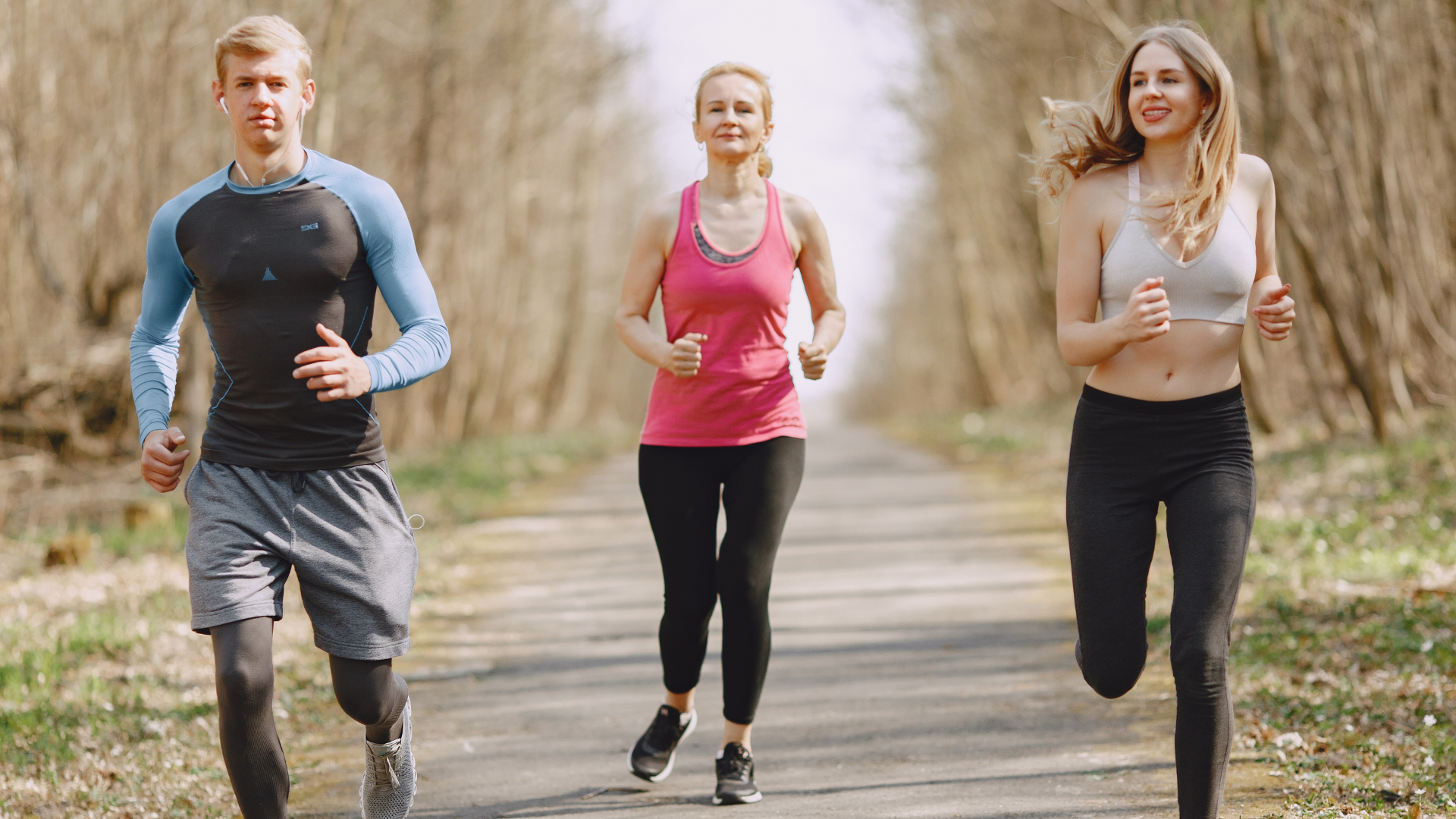Whether you make a habit of jotting workouts in your planner or follow a fitness app on your phone, it’s no secret that most of us are busier than ever. With more responsibilities, less time, and busier schedules, many folks find themselves wondering if they even have time for a workout. But you might be surprised: with just a little planning, you can fit a 20-minute workout into your day.
Low-Intensity Workouts are a type of exercise that targets the entire body in a short amount of time, making them appropriate for just about anyone, including beginners. Low-Intensity Workouts are a way to exercise that doesn’t require lots of time and commitment. Low-Intensity Workouts are a great option if you want to squeeze in a workout even when you’re short of time or just don’t feel like going for a run or doing an intense gym session.
7 Low-Intensity Workouts for Beginners – That Actually Do a Difference Simple Exercise
- Walking at a casual pace – Walking is one of the best forms of exercise you can do. It helps with just about every fitness area, from core strength to cardiovascular endurance. When you walk at a casual pace, you can burn about 100 calories every 30 minutes. In some studies, walking at a casual pace has been shown to reduce risk factors associated with heart disease, as well as lower blood pressure. It’s easy to do, can be done almost anywhere, and requires no special gear, so it’s easy to incorporate into your daily routine.
- Light jogging – Light jogging is exercising at a moderate pace for around 30 minutes, 5 days a week. This form of exercise is good for cardiovascular health and muscle tone. Light jogging is gentle on the joints, which makes it a good choice for people who have arthritis or osteoporosis. It also doesn’t require a lot of gear, such as expensive running shoes, specialized clothes, or a gym.
- Swimming – There’s no better way to stay in shape than swimming. It is one of the best and most efficient forms of exercise that burns fat, builds muscle, and tones the body. Installing a swimming pool in your backyard can bring these benefits right to your doorstep. With a personal pool, you can enjoy year-round access to this unparalleled workout. Backyard pools provide a refreshing outdoor option, perfect for combining exercise with fresh air and sunlight. Alternatively, installing Home Indoor Swimming Pools by Desjoyaux Pools or other builders can extend swimming possibilities throughout all seasons, making it easy to stay fit even in colder months. By investing in a swimming pool, you’re not just adding value to your property – you’re investing in your health and well-being.
- Using an elliptical machine – An elliptical machine has many advantages over other types of gym equipment, especially for getting in shape. It is extremely low-impact and involves less exercise technique. It is, however, a low-impact exercise machine, so it may not be ideal for you if you have osteoporosis.
- Slowly lifting weights – Lifting weights is a common activity that can improve overall health and body composition. However, it is important to exercise caution when lifting weights and pay attention to your body. Lifting weights is an excellent way to build muscle mass, but it is important to gradually increase your weight and the number of repetitions.
- Rowing at a steady pace – The rowing machine is a great cardio machine for burning calories, toning muscles, and improving strength. Rowing, however, is a very different activity from running. While running focuses on propelling your body forward in a sprint, rowing is about moving your body in almost the opposite direction. The stroke is basically circular motion but done slowly. The more power you exert, the quicker the stroke.
- Cycling at a casual pace – Cycling is a great way to burn calories, but it can be dangerous if not approached properly. Cycling at a comfortable pace can help you get in shape without putting yourself at risk of serious injury or death. Here are a few tips on cycling safely.
There aren’t many exercises that can immediately improve your life like running. While most exercise enthusiasts know that moderate and high-intensity workouts produce better and faster results, but might not realize that low-intensity exercise is actually the best way for beginners to start. Low-intensity workouts are the recommended starting point for beginning exercising since you’ll build a stronger heart and lungs, get in better shape, and lose weight. This combination of benefits and safety allows low-intensity workouts to be an effective beginner’s exercise plan.
Physical activity is an important part of healthy living. But few of us have the time or motivation to complete a vigorous workout. Instead of forcing ourselves to work out at a high intensity, you can try a gentler, low-intensity workout that keeps you healthy and fit.
